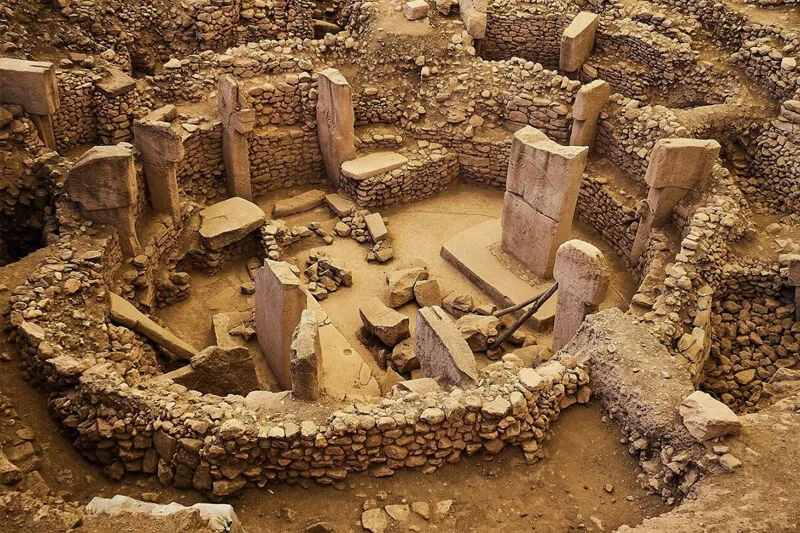Göbekli Tepe is an extraordinary archaeological site located in south eastern Turkey, near the city of Şanlıurfa. It is considered one of the most important archaeological discoveries of our time and has revolutionized our understanding of early human history.
Göbekli Tepe dates back over 10,000 years, making it older than Stonehenge and the Egyptian pyramids. Excavations at the site began in the 1990s, led by German archaeologist Klaus Schmidt. The site consists of a series of massive stone pillars arranged in circular structures. These pillars, some reaching up to 20 feet in height and weighing several tons, are intricately carved with depictions of animals, abstract symbols, and human-like figures.
What makes Göbekli Tepe remarkable is that it challenges previous assumptions about the development of human civilization. It was built by hunter-gatherer societies, who were traditionally thought to lack the social organization and technological capabilities for such monumental construction projects. The existence of Göbekli Tepe suggests that complex communal rituals and religious beliefs were present in early human societies long before the advent of agriculture and settled civilizations.
The purpose of Göbekli Tepe remains a subject of ongoing research and speculation. It is believed to have been a religious and ceremonial center, possibly serving as a gathering place for various groups of people. The site’s architectural sophistication and the intricate carvings on the pillars suggest a complex belief system and a high degree of social organization among its builders.
Göbekli Tepe has provided valuable insights into the transition from hunter-gatherer societies to settled agriculture and the development of complex societies. It challenges the traditional narrative that agriculture was the primary driver of civilization and suggests that early religious and social practices may have played a significant role in the emergence of complex human societies. Today, Göbekli Tepe is a UNESCO World Heritage site and attracts visitors from around the world. The archaeological site has been partially reconstructed, allowing visitors to explore the structures and marvel at the intricate carvings. The on-site museum provides further information about the site’s significance and displays artifacts found during the excavations.


Comment (0)